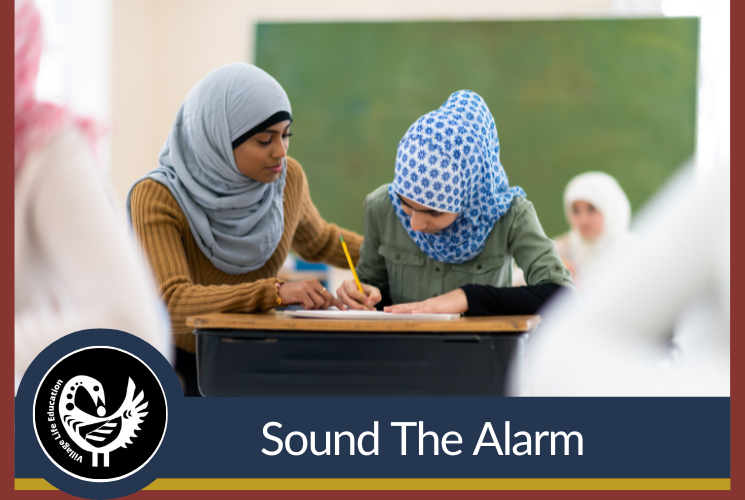Culturally Responsive Math is a math education method developed based on the culturally responsive teaching framework. Educators provide instruction that supports the development of critical thinking skills around mathematical concepts.
Defining culturally responsive teaching
According to an article published by American University, culturally responsive teaching is a student-focused and centered approach to learning. It is rooted in the idea that every student is comprised of their own unique viewpoint and as a result brings their own cultural strengths into the classroom.
According to data retrieved from the Education Data Partnership, over 60% of black students in the Los Angeles Unified School District did not meet mathematics standards for the 2021-22 school year.
Of the remaining students that were tested, just under 22% were close to passing, while a mere 16% of students met or exceeded grade-level state standards in math on the state standardized test (CAASPP) for the same school year.
It’s clear that we have some work to do.
The achievement gap here is staggering. By comparison, over 54% of their white peers passed or exceeded the standard on the same exams.
Something must be done to ensure black students are positioned for success in all areas.
Yet, we are not without hope. There is still action we can take right now as a village to ensure our students are reaching their full potential, and rectify this issue facing black students.
Harvard University’s Center for Education Policy Research conducted a study of over two-million students, finding that remote and hybrid learning led to even lower performance in math, according to race and school poverty levels (Goldhaber, Kane, McEachin, Morton, Patterson, and Staiger, 2022).
They wrote, “high-poverty districts that went remote in 2020-21 will need to spend nearly all of their federal aid on academic recovery to help students recover from pandemic-related achievement losses.” Few people are sounding the alarm regarding the multi-decade failure of educational leaders to ensure an equitable, engaging, and empowering math experience for historically underserved students.
Have you ever wondered how to create an environment that engages your parents in their student's success? Have you ever wished you could bridge the gap between student success in the classroom and at home?
Many schools today are immensely challenged to find and employ best practices to effectively engage Black families in essential educational processes, namely participation in school functions, assisting children with school projects, and meaningfully discussing the acquisition of student learning.
Village Family Life conducted a research study seeking to gain insight into the best practices for effectively engaging Black families…
According to research, many Black families are distrustful of institutions because of historical patterns of inequitable treatment and strained relationships between those families and educational systems. (Delpit 2012) Black families are often fraught with frustration as negative narratives are advanced by many teachers, principals, and staff regarding their engagement in their child’s educational experience.
Very few people are sounding the alarm regarding the multi-decade failure of educational leaders to ensure an equitable, engaging, and empowering math experience for historically underserved students.
During the 2021-22 school year, we began a journey with an environmental scan— a survey tool designed to explore teachers’ past experiences and instructional philosophy.
A Crisis In Math
How can we begin to close the learning gaps that exist among students of color? It will take a bit of forward-thinking and some strategic partnerships.








